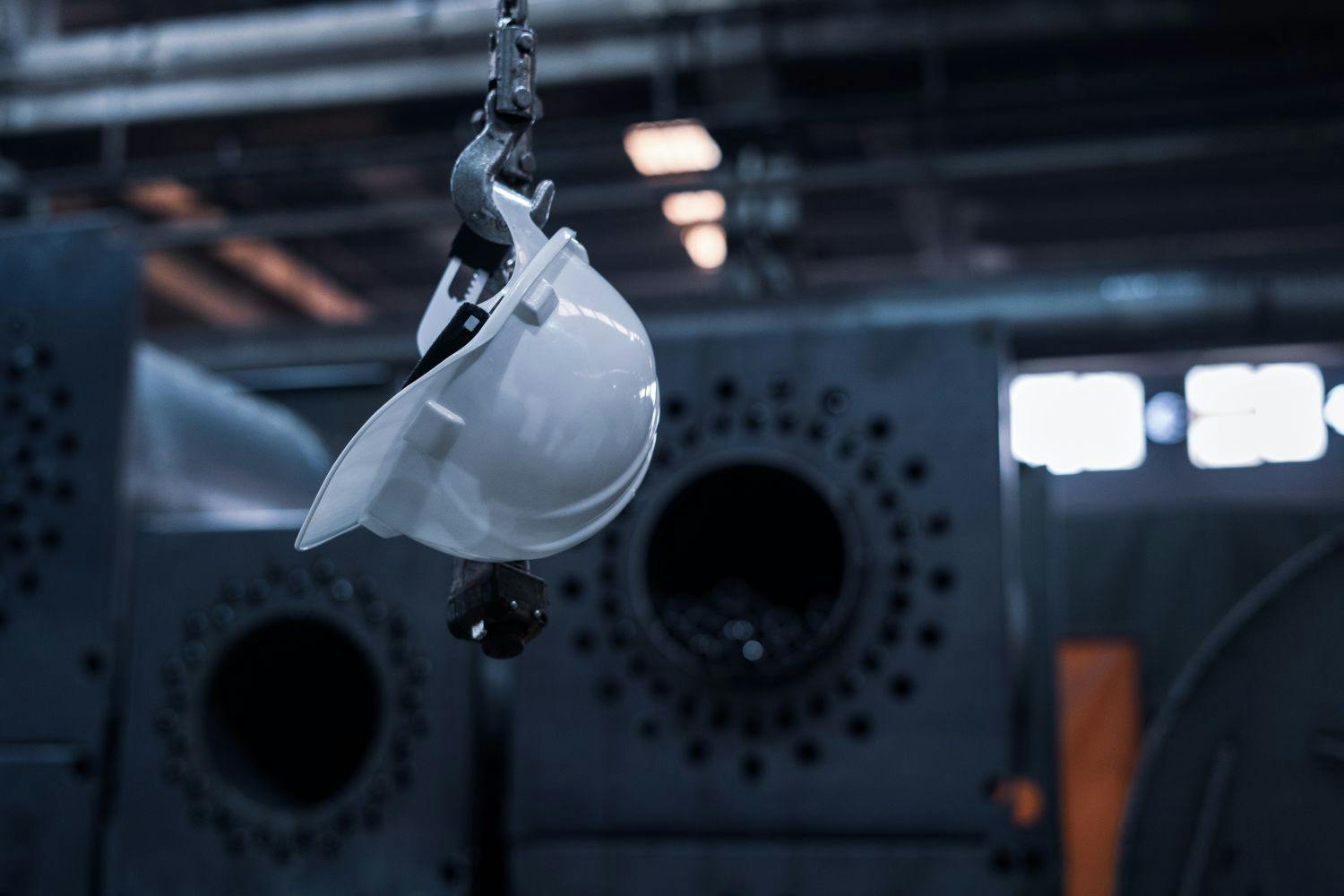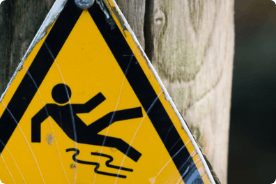First published on Tuesday, Nov 10, 2020
Last updated on Wednesday, Apr 24, 2024
As an employer, you’re responsible for the health & safety of your staff, your customers and anyone else who could be affected by your business.
The law requires you to take steps to minimise risks and make workers aware of any potential hazards in the workplace, but to do that, you need to know where all the dangers are.
Thats why health and safety management systems can be the backbone of any business. Using a health & safety management system enables you to review all areas of your business to look for risks and keep everyone safe.
Regardless of a company’s size, health and safety policies must be in place for employee wellbeing.
In this guide, we cover the what a health & safety management system is, why it’s important to use one and the potential legal problems if you don’t.
What is a workplace health and safety management system?
A health & safety management system is a formal process you put in place to ensure health & safety in the workplace. It allows you to identify hazards, reduce potential risks and put steps in place in the event an accident occurs.
Your business already has systems in place for managing your HR and finances, so your health and safety should be no different.
Certain factors will inevitably arise when discussing health and safety management systems. These include managing risk assessments and safety training.
Developing and implementing risk management helps everyone. If everyone understands risks and hazards in the workplace and are aware of how to prevent them, accidents and incidents can be reduced.
The stages of a health and safety management system
In order to cover what an effective system is, you must first understand how a system should fundamentally function.
Should it focus on risk prevention or encouraging feedback? Who is in charge of effectively managing it?
There are four key stages that to any system, including the general principles of effective safety management.
Stage 1: Plan
Establish your policy: set a clear direction that you want your business to follow. Ensure to share it with all levels of your business so that everyone understands health and safety in your workplace. You should also include it in your employee handbook so it’s easy to look up and reference.
Planning your policy: work on your policy to make it flexible. A static health and safety system won’t be able to adapt to any changes in a business. Whatever changes to the policy you make, you need to keep your employees up to date. Even if it’s just sending an email around the office, you should keep everyone on the same page about your policies.
This planning involves assessing risk control. Along with how to sustain positive attitudes towards health and safety. It should also include when you plan to review the policy.
Stage 2: Do
Risk profiling: investigate and establish whether there are significant risks in the workplace. Check what could cause harm, how it could do this, and how to manage the risk.
Organising: this step is where you seriously communicate with your workforce. Ensure that everyone agrees with and understands your policies and systems.
Get feedback from your team and work on developing a healthy, positive attitude with your system. This includes ensuring that everyone knows how it affects them and how they can make reports.
Implement your plan: once everyone understands your policies, establish them within your business with adequate training.
Make sure that appropriate tools and equipment for enforcing policies are readily available. For example, establishing eyewash stations and first aid kits.
Stage 3: Check
Measuring performance: check that they have fully implemented the policies and system. Also, check if any of the risks assessed are being properly addressed and controlled. If they aren’t, review your policies and ensure that you see to the risks.
Investigation process: encourage an open-policy with reporting accidents and incidents. Confirm with your team that those in charge of health and safety will thoroughly investigate all reported accidents and incidents.
Stage 4: Act
Review your system: once the system has been in place for a set amount of time, arrange a time to closely examine how it’s functioning. Check if there are any reported accidents and incidents and see what you can learn from them.
Adapt: once you have reviewed your system, adapt it to your business. If you notice any frequent accidents or incidents, react with improvements within your policies.
Why are health and safety systems important?
The answer is simple—health and safety management is essential for various reasons.
Which can be broken down into three main reasons:
Moral: it's morally right to ensure the safety and wellbeing of employees.
Legal: it's a legal requirement to have a health and safety management system in place.
Financial: having a good system can also benefit a company financially in the long run.
Health and safety management systems
Still confused about managing health & safety in the workplace? Still asking “but what is health and safety?” You aren’t the first and you certainly won’t be the last.
This is where the expertise of BrightSafe comes in.
With BrightSafe you get complete health & safety support, online health & safety management software to help you complete risk assessments and educate your staff with exclusive CPD-accredited e-learning courses. Plus, access to over the phone health and safety advice 24/7.
Have a question?
Ask away, we’ve got lightning fast answers for UK business owners and employers powered by qualified experts.








